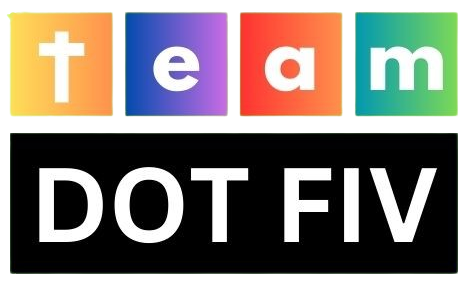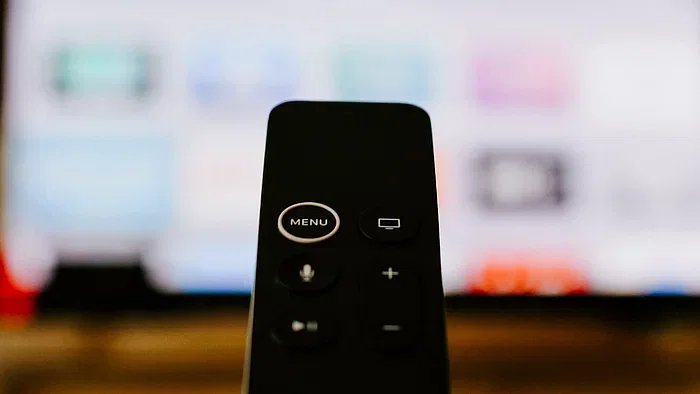The broad availability of the Internet, more cheap prices for smart TVs, and other important causes are responsible for the spike in connected television (CTV) adoption across the nation. Notably, JioCinema’s decision to provide free IPL match streaming last year greatly aided in this expansion.
According to the most recent FICCI-EY research (Federation of Indian Chambers of Commerce & Industry), there are now 19 to 20 million smart TVs that are linked to the internet every week, compared to about 10 million in 2022.
As per a report published by the international technology market research organization Counterpoint Research. According to the survey, over 90% of all TV shipments were made up of smart TVs last year, indicating a marked shift in consumer preferences toward these types of displays.
Connected television advertising makes a big contribution to this rapidly expanding medium with its enormous number of displays.
Furthermore, TYNY 2024, a recent research from media investment firm GroupM India, highlights the connected television industry’s explosive growth, predicting that it will reach 45 million households by the end of 2024, a 21% annual growth.
The report also credits strong content—particularly live major athletic events—for this development.
At Adtech 2024, the importance of connected television as a medium that can change the game was also the main topic of discussion.
In order to comprehend the importance of CTV and how marketers could strategically allocate this year’s media budget, afaqs! consulted with experts.
Gazal Bajaj is Nestlé’s head of media management.
According to foreign studies, there is a significant prediction that the production of linear TV would cease at a large scale. As a result, as a brand, we’re testing to see how best to use CTV.
Since 85% of TV households in India are still single, our brand has jumped ahead of the curve in attempting to understand connected television and how it would benefit us.
Since the criteria we use as media planners are similar to those of digital media, it doesn’t feel like we’re preparing for television.
While many of us think that CTV is only for the upper class, I don’t think that’s the case. It won’t only affect the higher segment if manufacturers stop producing linear TVs.
Every Indian home will be able to watch CTV, but the quality of the connection or resolution may not be ideal. However, CTV is flooding the market, and not just from the highest echelons.
Nestlé advertising in every category on CTV because we think content offered there won’t be available on linear TV going forward. CTV is included in all categories.
Honasa Consumer’s Anuja Mishra, EVP and CMO (Mamaearth, The Derma Co, BBlunt, Aqualogica)
We were among the first businesses to launch CTV-only advertisements.
CTV won’t be the best option for brands aiming to target rural people. However, it’s a terrific media to use if you want to target the top 50–60 million households.
When it comes to watching TV or using digital media, the consumer’s definition remains same. The TG is the same in essence. However, there are specific times when one should watch TV and specific times when one should watch digital content. As a brand, we have a responsibility to make sure that triangulation is carried out and that clients are reached through several channels.
As a brand, Mama Earth is more tech aware, and we think many of our customers are on the fence about technology.
There is a new trend for the IPL whereby new-age businesses are moving into television and heritage brands are heading towards internet. This pattern was observed in 2023 at the Cricket World Cup.





 No products in the cart.
No products in the cart.